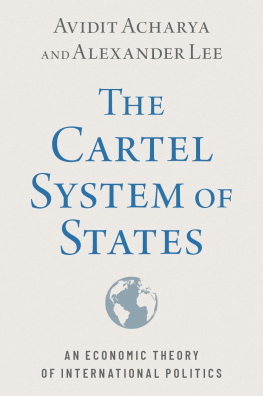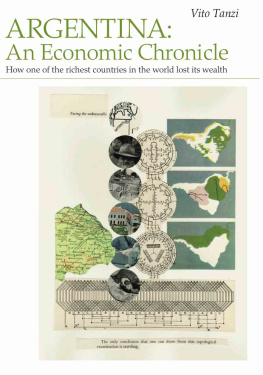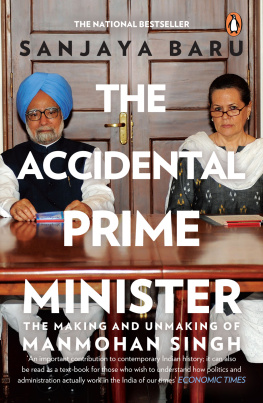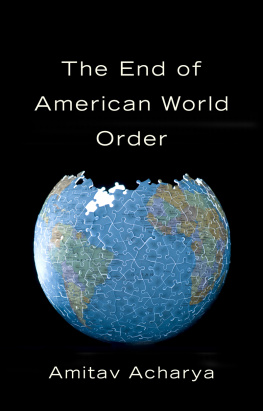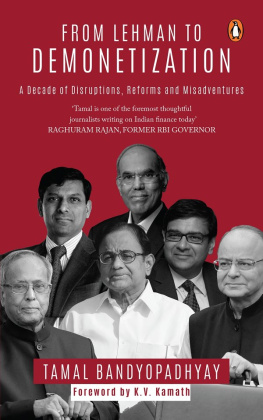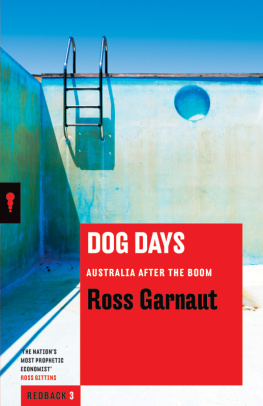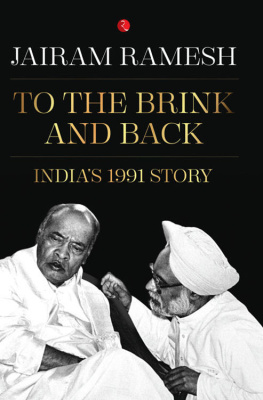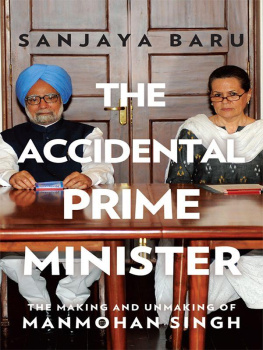Table of Contents
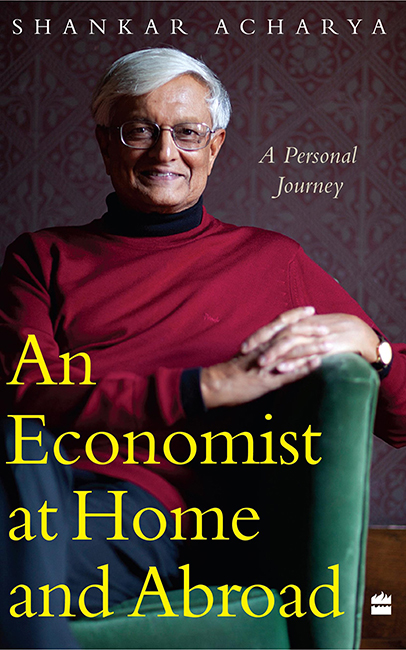

In memory of my parents, Bejoy and Nilima, who gifted me life, values and education.
For my wife and life partner of 54 years, Gayatri, daughter, Maya, son, Nikhil and other close relatives and friends, who enriched my life in so many ways and made it so worth living.
Contents

T HIS BOOK WAS BIRTHED by the global Covid-19 pandemic of 2020, and its associated features of the lockdown and, later, the self-isolation recommended for the elderly. I expect quite a large number of books were started during this prolonged period of partially voluntary house arrest, though perhaps not all were finished. For me, there was a limit to the hundreds of hours I spent watching Netflix, Amazon, YouTube and webinars, and reading books, newspapers and endless streams of jokes, information and trivia on WhatsApp. After about three months, around June 2020, the creative juices began to churn and propelled me from the lounge chair in front of the TV to my desktop.
There were other prods to embark on these memoirs. Quite a few friends and family members, for quite some time, had been suggesting I write a book. Among those who were more insistent, were our daughter, Ta, who wanted to know more about the first forty years of her parents lives; old friend Isher Ahluwalia, who set an astonishing example by completing her own life story in the last few months of her tragically shortened life; childhood friends, Ravi Bhoothalingam and Pabi Wadhawan, who wanted to revisit our early years in Delhi of the 1950s; and Indian Council for Research on International Economy Relations (ICRIER) colleague and friend, Amita Batra, who wanted to know more about the lives of an earlier generation of middle-class professionals in India.
So, from the middle of June, I sat down before my desktop for a few hours every day and started this act of remembering, aided by some photo albums, a bit of Google research and Tas prodigious memory of the four most recent decades. As chapters rolled out, I circulated the drafts among close family members and friends, and received tremendous encouragement to continue with the enterprise. Remembering, writing and sharing became a rewarding daily activity, which gained momentum and generated the necessary discipline to persevere. Initially, I simply intended to put my memories together in a document for a few dozen family members and friendsfor our mutual benefit and entertainment. Perhaps halfway through the manuscript, I began to get serious encouragement and recommendations from this inner circle to aim for eventual publication.
As my writing progressed, I leaned towards accepting this recommendationthough with some trepidation. Everyone has a life story to tell. But only a small minority of these stories are interesting for those outside a limited circle of family and close friends. I ventured to think that mine might just slip into that select category for a few reasons. First, thanks to parental circumstances, I attended school and university across three different countries (India, Britain and America) on three different continents, which meant that my formative years were intrinsically cross-cultural. Second, for over twenty-three continuous years, from my early teens to my mid-thirties, I lived, studied and worked outside India. This meant when my wife and I returned to India, in the early 1980s, we had the benefit of looking at our home country from the outsidebut now faced the challenges of reintegrating into our own society and regenerating our original roots. Third, during those twenty-three years in an English boarding school, Oxford, Harvard and the World Bank, I formed an eclectic set of friendsquite a few of whom later became prominent in India, UK, Myanmar (formerly known as Burma) and Sri Lanka. Fourth, while I had trained as an economist, I was fortunate to pursue and experience a variety of occupations: A decade in the World Bank, as an economics scholar back in India, as a senior adviser to the Union Government during two decades of serious economic change and policy reforms, as a regular columnist for one of Indias best financial papers and as chairman of the countrys fastest-growing private bank for a dozen years.
Taking all this together, I dare to think that this personal account of my life journey might just hold some interest for a wider set of people outside my immediate family and friends. I certainly hope so.

A DISTINCTIVE FEATURE OF my childhoodand indeed, of my life till my mid-thirtieswas its peripatetic nature. Every second or third year, we would find ourselves living in a different place. This was quite common among children of families where the parents, usually the father, worked in Indias elite civil services. My father (Bejoy Krishna Acharya, henceforth referred to as Baba) was in the Bengal cadre of the Indian Civil Service (ICS), 1936 batch. It was only much later that I understood that this nomadic life was not the norm, at least as far as the vast majority of humanity was concerned. Most people spent their childhoods in the town or village where they were born. Most had a family home, which often anchored much of their lives. But that was not the case for my brother, Sanjoy (six years older, whom I call Dada), and me.
I was born in our government-provided house in Heysham Road in Kolkata (then Calcutta) on a Sunday in October 1945. For obvious reasons, I have no memory of the place. Nor was I aware that I had arrived on this planet just weeks after the greatest global war to date had ended, and just two years after the Great Bengal Famine had killed perhaps some 2 million peoplethanks, in large measure, to the deliberate British policy of commandeering nearly all railway rolling stock for their war effort against the Japanese on Indias eastern front, to the exclusion of grain shipments to areas of harvest failure in Bengal.
With Acharya as our family name, my parents thought it would be a good idea to name me Shankar. After all, Shankaracharya had a certain historico-cultural resonance in India. When I was around five years old, and suffering from a bout of sibling rivalry, I complained that Dada had a middle name, Kumar, and I agitated for some parity. My parents relented, and inserted Nath as my middle name, thus spoiling their original plan. Much later, I also realized that my childish contention had been a bad idea. So I slowly dropped the use of Nath, but could not do so entirely as too many legal and identification documents now had it enshrined.
My earliestand faintestmemory, greatly reinforced by a couple of surviving snapshots, was of being on a lake in a boat. Apparently, this was in Tripura, a small princely state in the north-east of India, where Baba was posted as Acting Dewan in late 1947, during Sardar Patels tremendous enterprise of integrating Indias 500-plus princely states into the Indian Union. The lake was part of the Maharajas luxurious Neermahal palace and estate, about 50 kms from Agartala, where Dada assures me that the bathrooms had bidets and gold-plated taps. The Acting Dewan and his family were housed in the east wing of the Kunjobon Palace in Agartala. I also have faint memories of two much-squished soft toys of a puppy and a bunny, called Khedi and Penchi. These, I am reliably informed, one day fell into the lake at Neermahal. The palace staff were mobilized and searched diligently using long boat hooks among the ubiquitous water lilies, managing to rescue Khedi, who gave me comfort for a few more years. Penchi was irretrievably and tragically lost forever.


